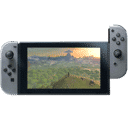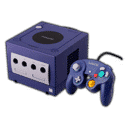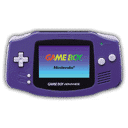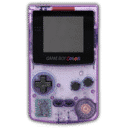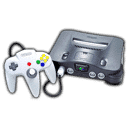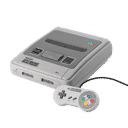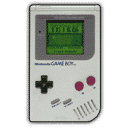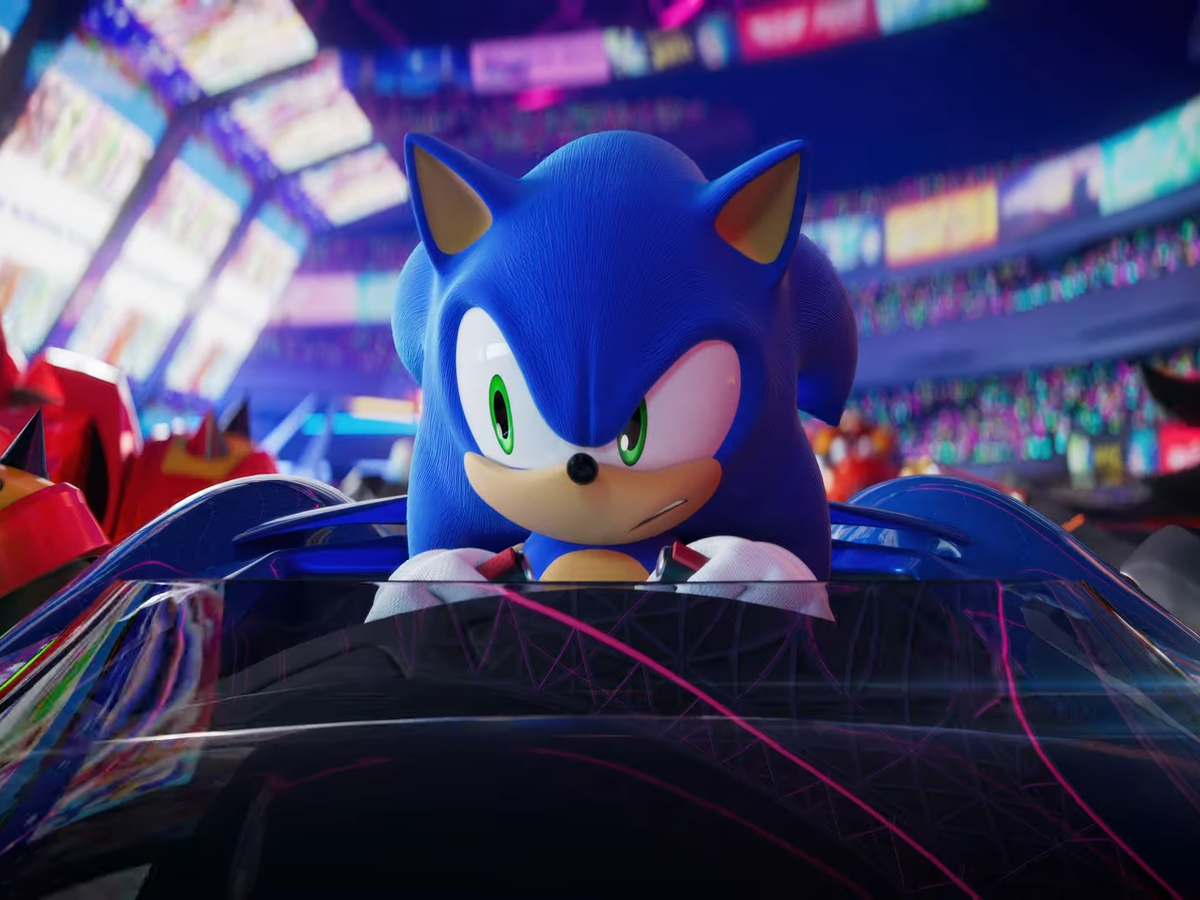
Summary:
Sonic Racing: CrossWorlds lands on Nintendo Switch 2 with clear, announced targets: 2560×1440 at 60 frames per second in docked mode for solo or two-player split-screen, and 1920×1080 at 60 frames per second in handheld for the same player counts. Four-player split-screen is capped at 30 frames per second at those same resolutions. The digital version requires roughly 16GB of storage, so it’s wise to clear space and plan ahead. The result is a cleaner, sharper image paired with snappier control response in most setups, while living-room party sessions can still run at solid, predictable performance. If you’re coming from the original Switch version, expect a smoother ride and a straightforward path forward with an upgrade option. Below, we spell out what each mode delivers, how to prep your console for the 16GB install, and smart choices for split-screen so you get the best balance of clarity and speed on day one.
Sonic Racing: CrossWorlds on Switch 2
The Switch 2 version sets clear targets that make everyday play feel sharper and more responsive. In the living room with the dock, solo or two-player races aim for 2560×1440 at 60 frames per second, so motion reads crisply and cornering feels tight. On the go, handheld races aim for 1920×1080 at 60 frames per second for one or two players, which keeps details readable on the built-in display without blurring text or UI. When the couch fills up for four-player split-screen, the game shifts to 30 frames per second while holding resolution, keeping visuals clean while the system juggles four views. That balance means you can choose between silky responsiveness for one or two players or a party-friendly setup for four without wrestling with guesswork.
Exact performance targets: docked, handheld, and split-screen
Here’s the breakdown you can plan around. Docked mode targets 2560×1440 at 60fps when racing solo or with two players, and 2560×1440 at 30fps in four-player split-screen. Handheld mode targets 1920×1080 at 60fps for one or two players, and 1920×1080 at 30fps for four players. These are manufacturer-stated targets, so they’re the baseline to expect across modes rather than loose estimates. The nice part is consistency: both docked and handheld keep the same resolution tiers across player counts, so you don’t have to relearn the look of the game just because you undocked or added friends.
File size and storage planning for the 16GB download
The digital build takes about 16GB, which is modest for a modern racer but still large enough to crowd a stock system if you’ve been collecting other games. Before launch night, check your remaining space and delete old captures or software you’ve finished. If you swap between a lot of titles, consider a fast microSD card so you aren’t micromanaging storage every time a patch rolls in. Clearing headroom beyond the 16GB requirement is smart too; updates, replays, and additional content can add up over time, and nothing kills pre-race hype like a last-minute storage shuffle.
Visual clarity explained: 1440p vs 1080p in real play
In docked mode at 1440p, track signage, character silhouettes, and road delineation pop more clearly than typical 1080p outputs, especially on monitors that handle 1440p natively. You’ll notice cleaner edges on karts and gadgets and a sharper read on distant turns, which subtly helps with reaction time. In handheld, the jump to 1080p makes UI text and HUD elements feel crisp on the Switch 2 display, so you aren’t squinting at lap info or mini-maps mid-drift. If your TV is 4K, most sets upscale 1440p nicely; if you’re sensitive to scaling, a 1440p-capable monitor is a neat match and tends to keep latency low.
Frame rate expectations at 60fps and 30fps scenarios
Racers lean heavily on frame pacing, so the 60fps target in solo and two-player scenarios is the headline. It helps with inputs feeling immediate, and it keeps dense effects—like boost trails and gadget bursts—easy to track. For four-player split-screen, the 30fps cap is a sensible trade-off. You keep resolution and readability across all quadrants, which matters when players are learning tracks or battling through items. If you’re hosting, think about how competitive the lobby is: for serious time-trial practice with a friend, stick to two-player; for family night or a tournament with four, go split-screen and enjoy the show.
Split-screen choices: when to use 2-player vs 4-player
Two-player split-screen is the sweet spot for speed and clarity together. If your crew cares about tight drifting, line choice, and frame-perfect item timing, this setup keeps the 60fps feel while still giving you those couch-rivalry vibes. Four-player split-screen is perfect for chaotic fun and quick rotations where the spectacle is the point. The 30fps cap is predictable, so after a race or two everyone adjusts, and the constant 1440p/1080p resolution keeps text and track visuals readable no matter which quadrant you draw.
Preparing your console: storage, updates, and controllers
Give yourself a clean runway. Free more than 16GB so updates have room to land. Update your system firmware before installing to avoid patch conflicts. Charge controllers fully, especially if you’re planning handheld two-player with detached pads. If you’re hosting four-player, lay out charging cables or a dock so you’re not pausing mid-cup. Finally, check your network: if multiple downloads are queued, prioritize the game to finish first and prevent sluggish installs during party setup.
Online play, progression carryover, and upgrade pack notes
If you’re moving from the original Switch release, there’s an upgrade path to the Switch 2 Edition. After upgrading, your save data can carry over, preserving unlocks and progression so you don’t start from scratch. That means you can enjoy the better targets on day one without re-grinding basics. For online sessions, a wired Ethernet adapter for the dock is still a great quality-of-life boost. Even if Wi-Fi is fine at home, wired helps when you’ve got lots of devices on the network or you’re racing in a busy apartment block.
Docked vs handheld: which mode to pick for race night
Pick docked when the TV or monitor supports 1440p cleanly or if you want the most stable controller power and wired connectivity. Pick handheld when you want 60fps on the go for solo or two-player, or you’re commuting and practicing lines between sessions. The handheld screen’s 1080p target makes menus, HUDs, and minimaps look tidy, so portable time doesn’t feel like a compromise; it’s just a different way to play. For mixed groups, start docked for local multiplayer, then switch to handheld for quiet laps or unlock hunts on the sofa afterward.
Practical tips to keep races smooth and responsive
In docked mode, use the fastest HDMI port on your TV or monitor and enable any low-latency or “game” mode to reduce input lag. If your display supports 120Hz, try enabling it—while the game targets 60fps, some displays shave latency in 120Hz mode. Keep the dock well-ventilated so thermal behavior stays consistent during long sessions. In handheld, disable background downloads and keep brightness at a comfortable level; maxing brightness for hours can bump battery drain and warmth, which you’ll feel over marathon cups. Keep controllers synced and updated; a desynced pad can feel like stutter even when the game is perfectly stable.
Accessories and display setups worth considering
A compact 27-inch 1440p monitor pairs beautifully with docked play, offering sharp pixels and typically lower lag than larger living-room TVs. A basic Ethernet adapter turns online play from “good enough” to “rock solid” in houses with crowded Wi-Fi. For handheld nights, a lightweight stand and USB-C power brick help for two-player table-top sessions, keeping the screen angle consistent while you share controllers. None of this is mandatory, but each piece smooths rough edges you might otherwise chalk up to “just how it is.”
What this means for returning Switch owners
If you spent time with the original Switch version, the immediate upgrade is feel. At 60fps in one- or two-player modes, drift windows read cleaner, and visual noise is easier to parse. That reduces the guesswork on boost timing and makes mid-pack chaos less punishing. The bump to 1440p docked and 1080p handheld keeps UI and signage legible without zooming. Add the straightforward upgrade route, and it’s an easy recommendation for anyone already invested in the game’s unlocks, tracks, and gadgets.
Future-proofing: physical release chatter and what we know
There’s been plenty of discussion about the physical Switch 2 edition and how it will ship. Current reporting indicates a physical release planned after the digital launch, with coverage noting a full game cartridge rather than a download-only card. If you collect or prefer shelves over storage menus, that’s welcome news. If you go digital first for day-one access, you won’t miss out on play; you can still keep an eye on physical updates later if collecting matters to you. Either way, the performance targets remain the same, so your choice comes down to timing and format preference.
Quick comparisons to help you choose modes
Want speed and clarity for learning lines or setting times? Run solo or two-player: 60fps is your friend. Hosting a party with four folks shouting at the TV? Go four-player at 30fps and enjoy the view—sharp picture, stable pacing, and plenty of laughter. Traveling or chilling on the couch? Handheld two-player keeps the 60fps feel and looks crisp at 1080p, which is perfect for relaxed cups or unlocking cosmetics without monopolizing the big screen.
Conclusion
Plan storage for the 16GB install. Update the system before launch night. Decide which mode fits your session: 1440p/60 for serious local play, or four-player at 30fps for everyone in the room. Charge controllers, prep your network, and set up the display with low-latency options. With those boxes ticked, you’ll feel the difference as soon as the lights go green: crisper visuals, snappier inputs, and a smoother ride nearly everywhere you play. That’s the Switch 2 promise for Sonic Racing: CrossWorlds—clarity and consistency that make every lap easier to read and more fun to master.
Switch 2 gives Sonic Racing: CrossWorlds a clean boost where it counts: 1440p visuals and 60fps targets for one- and two-player sessions, predictable 30fps for four-player parties, and a manageable 16GB footprint. Prep a little—free space, update firmware, ready controllers—and you’ll slide straight into sharper, steadier races that feel great on a TV or in your hands. Pick the mode that fits the moment, and the game meets you there without drama.
FAQs
- How big is the Switch 2 download?
- About 16GB. Leave extra headroom for patches and replays so updates don’t stall right before race night.
- What are the docked targets?
- 2560×1440 at 60fps for one or two players; 2560×1440 at 30fps for four-player split-screen.
- What are the handheld targets?
- 1920×1080 at 60fps for one or two players; 1920×1080 at 30fps for four-player split-screen.
- Is there an upgrade path from the original Switch version?
- Yes. There’s a paid upgrade to the Switch 2 Edition, and after upgrading you can transfer save data to keep your progression.
- Should I play docked or handheld?
- For competition or time trials, docked or handheld with one or two players gives you 60fps. For party nights with four people, go split-screen at 30fps and enjoy the chaos.
Sources
- Sonic Racing: CrossWorlds — Nintendo Switch 2 Edition FAQ, SEGA Asia, November 7, 2025
- Sonic Racing: CrossWorlds confirms frame rate, resolution on Switch 2, Nintendo Everything, November 8, 2025
- Sonic Racing: CrossWorlds is 16GB on Nintendo Switch 2 and more details, My Nintendo News, November 8, 2025
- Sonic Racing: CrossWorlds — performance and resolution revealed, Nintendo Life, November 7, 2025
- Sonic Racing: CrossWorlds Switch 2 Edition gets December release date, Traxion.GG, November 8, 2025
- Sega confirms full base game on 64GB cartridge for Switch 2, GamesRadar, August 2025
- Physical Switch 2 version slated for early 2026, TechRadar Gaming, August 2025


